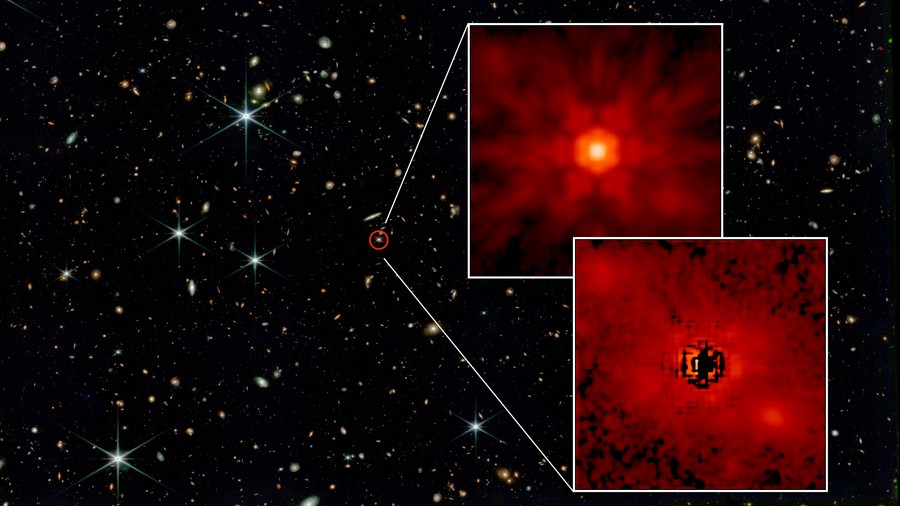Crystals, Vol. 13, Pages 214: Pre-Recycling Material Analysis of NMC Lithium-Ion Battery Cells from Electric Vehicles
Crystals doi: 10.3390/cryst13020214
Authors: Anna Pražanová Jan Kočí Martin Havlík Míka Dominik Pilnaj Zbyněk Plachý Vaclav Knap
Environmental concerns push for a reduction in greenhouse gas emissions and technologies with a low carbon footprint. In the transportation sector, this drives the transition toward electric vehicles (EVs), which are nowadays mainly based on lithium-ion batteries (LIBs). As the number of produced EVs is rapidly growing, a large amount of waste batteries is expected in the future. Recycling seems to be one of the most promising end-of-life (EOL) methods; it reduces raw material consumption in battery production and the environmental burden. Thus, this work introduces a comprehensive pre-recycling material characterization of waste nickel-manganese-cobalt (NMC) LIB cells from a fully electric battery electric vehicle (BEV), which represents a basis for cost-effective and environmentally friendly recycling focusing on the efficiency of the implemented technique. The composition of the NCM 622 battery cell was determined; it included a LiNi0.6Co0.2Mn0.2O2 spinel on a 15 μm Al-based current collector (cathode), a graphite layer on 60 μm copper foil (anode), 25 μm PE/PVDF polymer separator, and a LiPF6 salt electrolyte with a 1:3 ratio in primary solvents DMC and DEC. The performed research was based on a series of X-ray, infrared (IR) measurements, gas chromatography–mass spectrometry (GC-MS), and inductively coupled plasma–optical emission spectrometry (ICP-OES) characterization of an aqueous solution with dissolved electrolytes. These results will be used in subsequent works devoted to optimizing the most suitable recycling technique considering the environmental and economic perspectives.

 1 year ago
23
1 year ago
23


